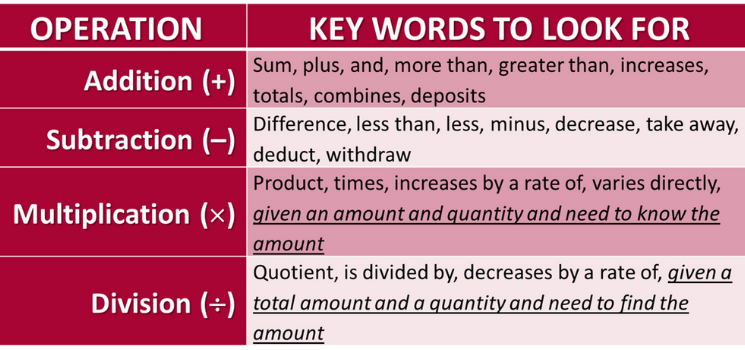Two disciplines with a common purpose
by Cathie Maglio, blended learning specialist
Ever since fifth grade I wanted to be a math teacher. I fell in love with the subject at that point and never wavered from it.
After receiving a Bachelor of Arts degree in math, I knew I wanted a master’s degree but didn’t know in what. It took twenty years to find the right program, a Masters of Education with a concentration in Technology in Education at Lesley College (now University). The program was being offered at a local school one week-end a month for 22 months.
I found myself with a group of teachers from the North Shore area. I was working in publishing at the time and had no direct student contact. We decided as a group on the courses we wanted. As much as I tried, the Technology in Math Curriculum course never made the lineup. The teachers were more interested in using technology to teach reading and language arts.
When the Integrating Technology into the Language Arts Curriculum course came, I was dreading it. How does language arts relate to math? How was I going to write a paper on this?
The class was charged with writing a definition of language arts. After much discussion and argument, we defined the term as “the cognitive and social development that leads to the acquisition of the skills necessary to communicate and articulate ideas, feelings, and information. It is the way we express ourselves, the way we process information, and the way we apply the information we receive.”
Having no idea how to relate this definition to language arts, I now had to come up with a way of relating it to math. After much puzzling, I figured out that the definition was a kind of mathematical statement that could be broken into two parts. By dividing it, the connection between language arts and mathematics could be shown.
ln the early years, teaching math is simply teaching arithmetic. This is part one of the definition: “Students learn the skills necessary to communicate ideas, feelings and information.” In this phase, students learn about numbers, the words one, two, three etc., the symbols, and the quantity of the number. The associations between the word, its symbol and its measure are committed to memory to be used to express ideas.
Once number association is learned, students are taught the skills of arithmetic, the operations that are used to combine numbers. The four basic operations– addition, subtraction, multiplication and division– are taught over several years. Understanding these operations is the basis of all mathematics Again symbols are used to represent the words. When the symbol is encountered, the mind interprets the symbol as its word and meaning.
Math is a language, but one that is like no other. It needs to be taught differently than other language courses. It’s like learning a foreign language. It is also not a “spectator” subject. It needs to be worked at and practiced. For most of the students I work with, just learning the English language is difficult enough without adding words that have multiple meanings. Working with the numbers alone can come easily to students, but soon enough they encounter the dreaded “real-world” problems, those word puzzles that no one likes having to solve. Most students need help dissecting these problems to get at what is really being asked. Here again, math and language arts come together.
There are some key words students can use to help solve problems. This exercise involves translating between words and their symbols.

Once understood, the language of mathematics can unlock the mind to higher level thinking and problem solving. The key is not to be afraid to learn a new and sometimes strange language. With practice, the strange becomes familiar and opens new doors to new learning.





